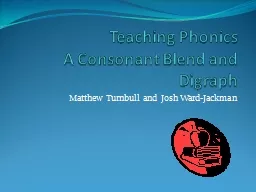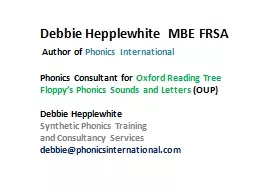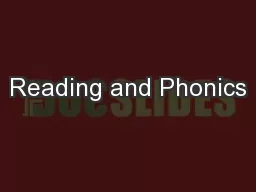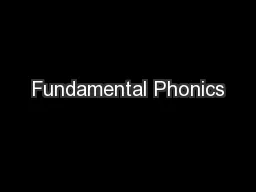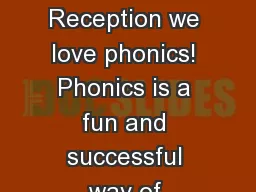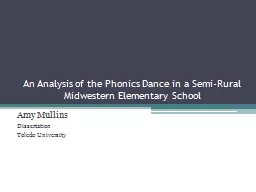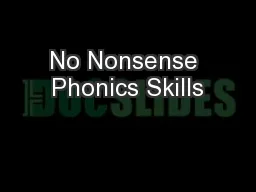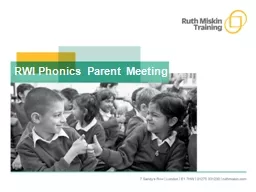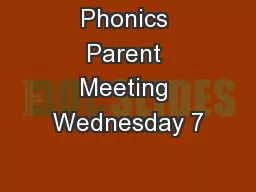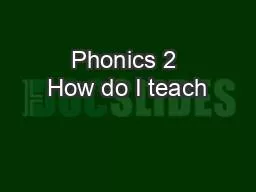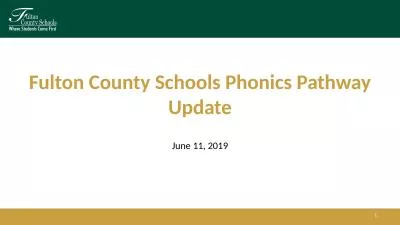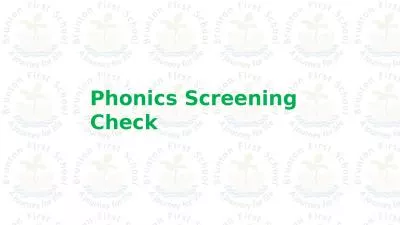PPT-Teaching Phonics
Author : tawny-fly | Published Date : 2016-03-08
A Consonant Blend and Digraph Matthew Turnbull and Josh Ward Jackman What is Phonics A method of teaching word recognition or decoding that emphasises the soundsymbol
Presentation Embed Code
Download Presentation
Download Presentation The PPT/PDF document "Teaching Phonics" is the property of its rightful owner. Permission is granted to download and print the materials on this website for personal, non-commercial use only, and to display it on your personal computer provided you do not modify the materials and that you retain all copyright notices contained in the materials. By downloading content from our website, you accept the terms of this agreement.
Teaching Phonics: Transcript
Download Rules Of Document
"Teaching Phonics"The content belongs to its owner. You may download and print it for personal use, without modification, and keep all copyright notices. By downloading, you agree to these terms.
Related Documents

